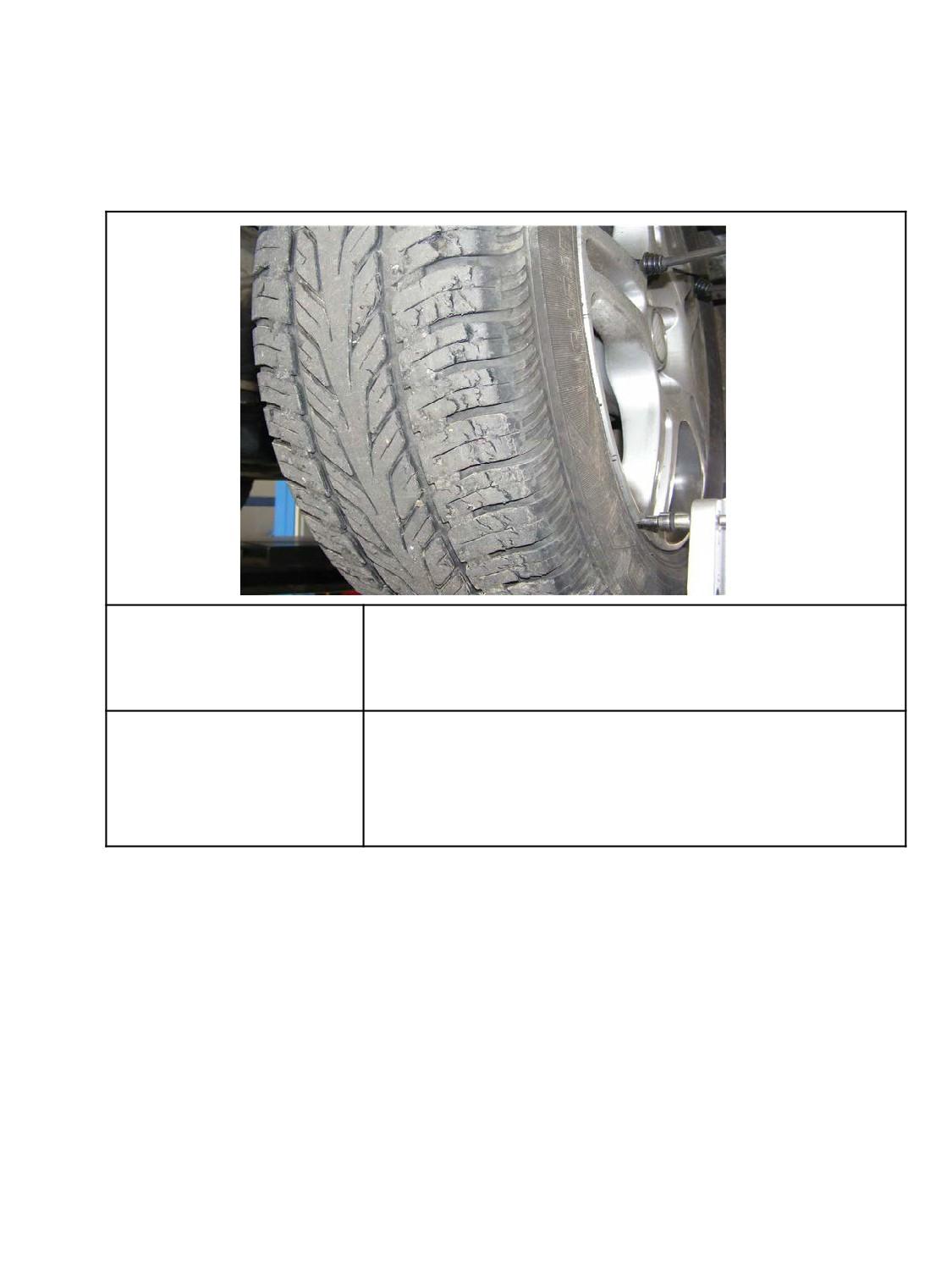
Systematic tire inspection
One of the mistakes that drivers often make is the lack of any control over the condition of the tires in the car they drive.
One of the mistakes that drivers often make is the lack of any control over the condition of the tires in the car they drive. Meanwhile, it is not enough just to change tires to winter ones, you should systematically check the level of pressure and the condition of the tread.
A set of new tires is usually enough for 50-60 thousand kilometers, but a lot depends on the driving style and the condition of the roads we drive on. The use of two sets of tires - winter and summer - significantly extends their service life. However, the main value to consider when deciding whether to change tires is tread depth. According to the regulations, the minimum tread depth of tires cannot be less than 1.6 millimeters.
However, many experts consider this regulation to be rather liberal and advise, for your own safety, to buy new tires when the tread is less than 4 mm. Tires produced today are usually characterized by a tread of eight millimeters. It should also be remembered that, in accordance with the traffic rules, it is forbidden to drive a vehicle with visible tire damage, as well as with a different tread pattern on the wheels. If, while driving, we hit a hole in the road or unexpectedly hit a curb, check if the tire is damaged. Frequently checking the tire pressure is also one of the main duties of the driver.
According to instructions
Lech Kraszewski, owner of Kralech
- The instructions for the car must indicate what pressure should be in the tires of the car. This data may differ depending on whether the vehicle is loaded or empty. Heavier vehicle weight usually requires a slightly higher pressure setting. Incorrectly inflated tires lead to increased fuel consumption, faster tire wear and do not ensure optimum tire performance. Also, do not forget to systematically check the condition of the tire tread, whether it is damaged or not too worn. Insufficient cleat depth on the tire means less grip on the ground and creates braking problems.
